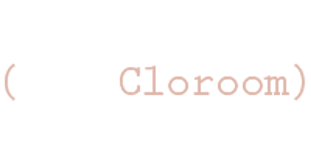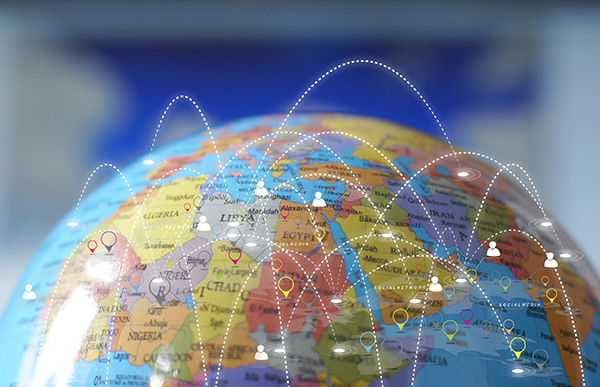Have you ever stopped to think about how a product’s packaging affects your decision to purchase it? Most likely not. But the truth is, packaging plays an integral role in a consumer’s decision-making process. From product visibility to brand recognition, custom packaging can make or break a sale. In this blog post, we will explore the psychology of packaging and how it influences consumer behavior. We will look at ways that businesses can use custom boxes to capture their audience’s attention, generate more sales, and build customer loyalty.
The Importance of Packaging
When it comes to product packaging, first impressions matter. In fact, studies have shown that people make judgments about products within milliseconds of seeing them for the first time. So, if you’re selling a product, it’s important to pay attention to the packaging.
Good packaging can influence consumer behavior in a number of ways. For one, it can affect how much people are willing to pay for a product. In one study, researchers found that participants were willing to pay more for a chocolate bar when it was packaged in a luxury box than when it was in a plainer wrapper.
So, if you’re selling a product, don’t underestimate the importance of packaging. A well-designed package can make your product more attractive to potential buyers and influence their perceptions of your product in positive ways.
How Custom Boxes Influence Consumer Behavior
When it comes to consumer behavior, packaging plays a key role in influencing purchasing decisions. In fact, studies have shown that custom packaging can increase perceived value and brand recognition, while also impacting the way consumers interact with products.
Another study looked at how different types of packaging influenced consumer behavior. The results showed that participants were more likely to purchase products that were packaged in attractive and unique ways. This suggests that custom packaging can use to create an emotional connection with consumers, which can ultimately lead to higher sales.
Overall, the research shows that custom shipping boxes can have a significant impact on consumer behavior. By understanding the psychology behind packaging, businesses can use this knowledge to their advantage and create packaging that is more likely to convert shoppers into buyers.
The Psychology of Color in Packaging
It’s no secret that colors can have a strong impact on our emotions. Just think about how different you feel when you see the color red versus the color blue. The psychology of color is a complex topic, but there’s no doubt that colors can influence the way we think and feel.
When it comes to packaging, colors can use to influence consumer behavior in a number of ways. For example, colors can use to attract attention, create an emotional response, or convey a certain message. Let’s take a closer look at how the psychology of color can use in packaging to influence consumer behavior.
Colors can use to attract attention:
Have you ever noticed how some products seem to jump out at you when you’re browsing the shelves? This is often due to the use of eye-catching colors in their packaging. Bright colors are known to grab our attention and hold it for longer than muted or neutral colors. So if your goal is to get people to notice your product, using eye-catching colors in your packaging is a good place to start.
Colors can create an emotional response:
In addition to attracting attention, colors can also use to create an emotional response in consumers. Certain colors are known to evoke specific emotions, so choosing the right color for your product can help create the desired emotional response in consumers. For example, the color red is often associated with feelings of passion and excitement, while the color blue is
The Psychology of Shape in Packaging
The psychology of shape in packaging is a relatively new field of study that looks at how the shapes of packaging can influence consumer behavior. While the study is still in its early stages, there are some interesting findings that suggest that certain shapes can have a positive or negative effect on consumers.
For example, one study found that rectangular shaped packages were more likely to associate with high-quality products than products in other shapes. This finding suggests that companies may want to consider using rectangular shapes for their premium products.
Another study found that curved shapes were more likely to associate with luxury items. This finding suggests that companies may want to use curved shapes for their more expensive products.
There are also some cultural differences in how people respond to different shaped packages. For example, people from individualistic cultures (such as the United States) tend to prefer angular shapes, while people from collectivistic cultures (such as China) tend to prefer rounder shapes.
These findings suggest that companies need to be aware of the potential impact of shape when designing their packaging. It is important to consider not only what shape will appeal to your target market, but also what message you want to send with your packaging.
The Psychology of Texture in Packaging
As anyone in the packaging industry knows, texture is an important design element that can influence consumer behavior. The feel of a package can make all the difference in whether someone chooses your product over another.
There are a few different psychology theories that explain why texture is so important in packaging. One theory is that humans are hardwired to respond to certain textures. For example, we’re more likely to pick up a smooth object than a rough one because our brains perceive smooth objects as being more valuable.
Another theory is that textures can trigger emotional responses. We often associate certain textures with positive or negative experiences from our past. For example, if you grew up touching soft fabrics like velvet, you might associate that texture with luxury and high-end products. On the other hand, if you grew up touching coarse sandpaper, you might associate it with cheapness and low quality.
Texture can also influence our perceptions of taste and smell. Studies have shown that people perceive food as being tastier when it’s served on a smooth plate rather than a rough one. And when it comes to smell, we tend to be more sensitive to smells coming from objects with textured surfaces.
So what does this all mean for packaging designers? It means that they need to be aware of the psychological effects of texture and use it judiciously to influence consumer behavior.
Conclusion
The psychology of packaging is an important factor in eCommerce and should not overlooked. By understanding the ways that custom boxes can influence consumer behavior, businesses can create more effective strategies for their products. From improving the customer experience to enhancing brand loyalty, custom packaging plays a vital role in helping companies stand out from the competition and increase sales. With careful consideration and thoughtful design, custom boxes can help businesses make an impact on consumers’ buying decisions – ultimately leading to better outcomes for both them and their customers alike!




